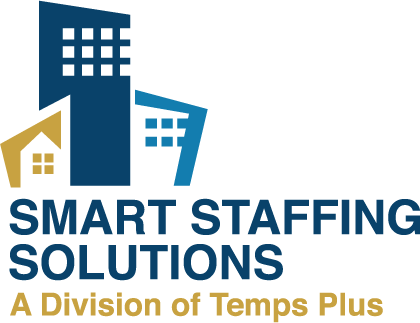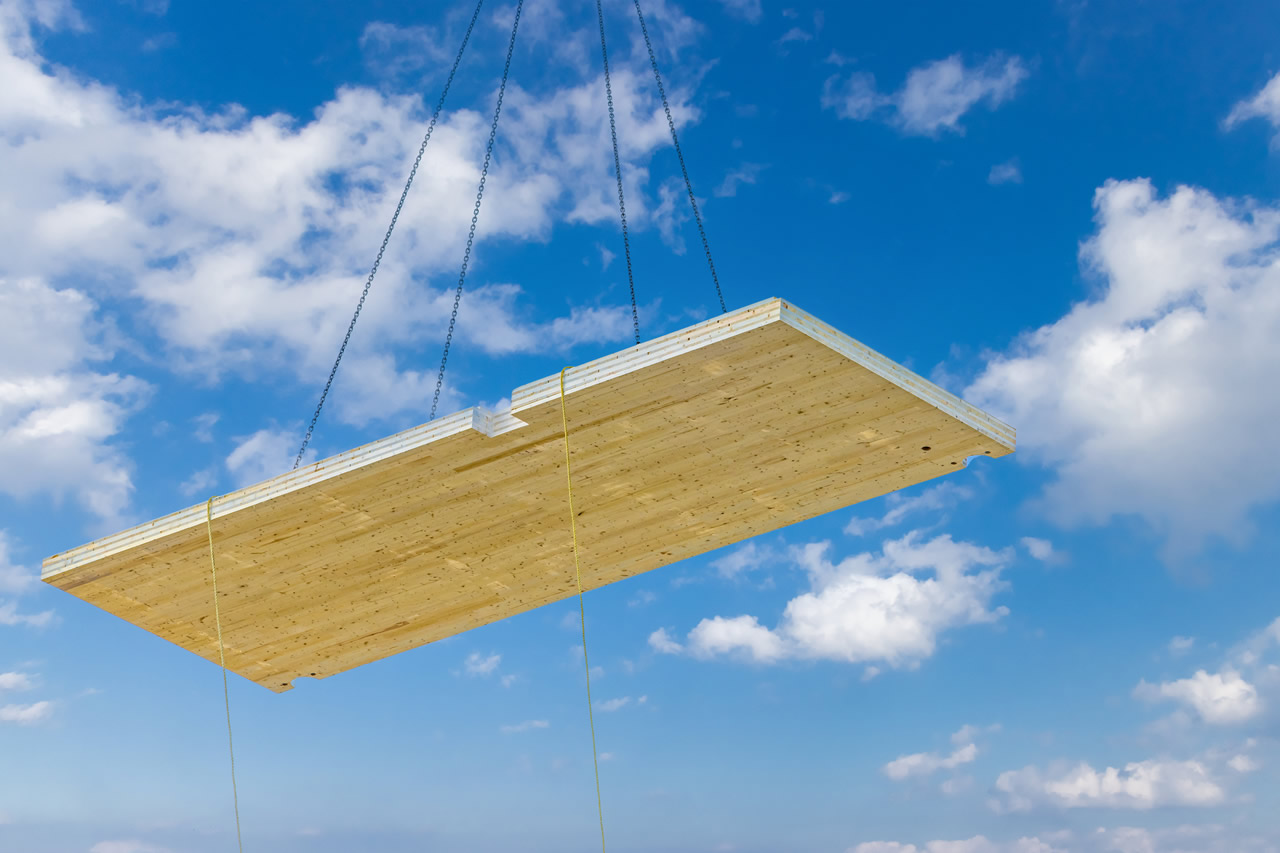The global prefabricated home industry is expected to grow to an estimated 23.7 billion by 2027, and with this comes great impact on the home building sector as a whole. The way these homes are designed, constructed, and delivered has transformed the industry and continues to reshape the way we think about home construction.
What Is a Prefabricated Home?
Prefabricated homes are manufactured off site, usually in modular sections, and then delivered to the home site. These homes differ from manufactured homes that are almost fully constructed before delivery. Prefabricated and modular homes are considered single-family residential real estate and must meet all state and local building codes. Manufactured homes, on the other hand, are considered personal property, not real estate, and are subject only to the codes set by the U.S. Department of Housing and Urban Development.
Prefabricated homes offer many benefits, and have gained popularity over time. Some of the advantages when compared with traditional homes built on-site sometimes include:
- Reduced construction time
- More cost-effective
- Factory environment with quality control
- Flexible designs
- Sustainability and energy efficiency
- Less construction noise onsite
Positive Impact on the Home Building Industry
Innovation in Design
Prefab homes have challenged traditional notions of design and architecture. Manufacturers are pushing boundaries by experimenting with layouts, materials, aesthetics, and unconventional home designs.
Global Reach
Prefab homes can be manufactured in one location and shipped anywhere in the world. This opens up possibilities for providing affordable and disaster-resistant housing in remote or underserved areas.
Construction Site Management
On-site construction requires significant logistical coordination, where prefab homes streamline the construction process. This can lead to reduced disruption in neighborhoods and less time spent on site.
Labor Force
The shift to prefabricated homes has created new opportunities for skilled workers, particularly in factory settings where specialized labor is needed for precision manufacturing. This has the potential to attract a younger and more diverse workforce to the construction industry.
Potential Challenges
Despite all the positives, prefabricated homes have disrupted the traditional real estate market dynamics. For instance there are challenges with public perception, financing hurdles, and regulatory adjustments. There are also questions about the resale value and land/zoning issues.
At Smart Staffing Solutions we can help you find the right workers for your home building business. We specialize in finding people who can join your team, saving you the hassle of recruiting, background checks and other human resources responsibilities. Contact us today to learn more.
Resources

